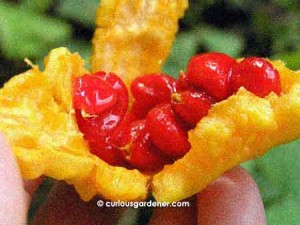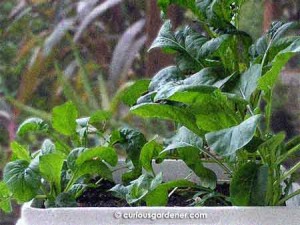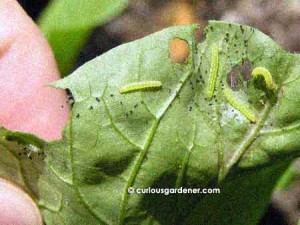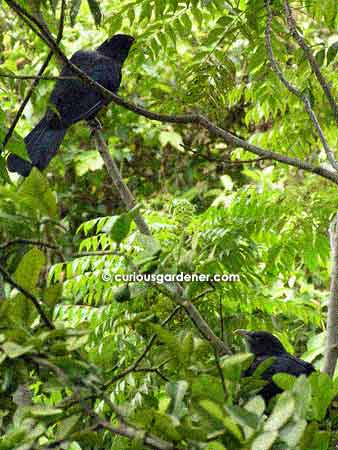The only reason we had bittergourd vines growing in our garden in the last 2 years was because birds dispersed seeds that sprouted, and we recognized the plants for what they were and let them grow.
Honestly, I was not a fan of bittergourd. It’s a fact. Apparently, the best way to convert me was for me to grow the plant and have such pride in it that I developed a tolerance for it – especially since there are health benefits attached to eating bittergourd.
So, when the vine started showing signs of dying off last year, I tried to salvage seeds from ripe fruits on the vine to grow new plants. It was a risky thing. I actually had 3 sprouts, but only one survived. I was thrilled when another volunteer started growing in my bean patch earlier this year, and quickly planted my “domesticated” vine so it could merge with the new one. Now, thankfully, the plants are thriving and fighting to gain a foothold on the higher bean trellis.
Hoping to avoid this situation of not having a new vine when the current ones die out, I decided to harvest seeds from an over-ripe fruit on the vine. Actually, the decision was made for me because as usual, I didn’t spot the fruit growing under all the leaves, and when I saw it, it was already yellow, over-ripe and split open.
My bittergourd seeds were an amazingly bright red colour. It was a really nice contrast to the also bright yellow skin and flesh of the over-ripe fruit. I wouldn’t have expected that from the sedate green fruit we normally buy and eat…
The seeds varied in size. There were several big ones and a few small ones. The red flesh surrounding the seeds was very jelly-like, but could be removed when gently rubbed between the fingers. I managed to get several seeds from the big ones, but the smaller seeds were just jelly sacs with no seed inside. As per what I’d read somewhere, I rinsed the seeds, patted them dry, and left them to air-dry overnight. And that’s it! I’ll guesstimate their viability for 3 to 6 months. If I haven’t planted them by then then I need to thwack myself on the head!
© 2011 curiousgardener.com All rights reserved.









